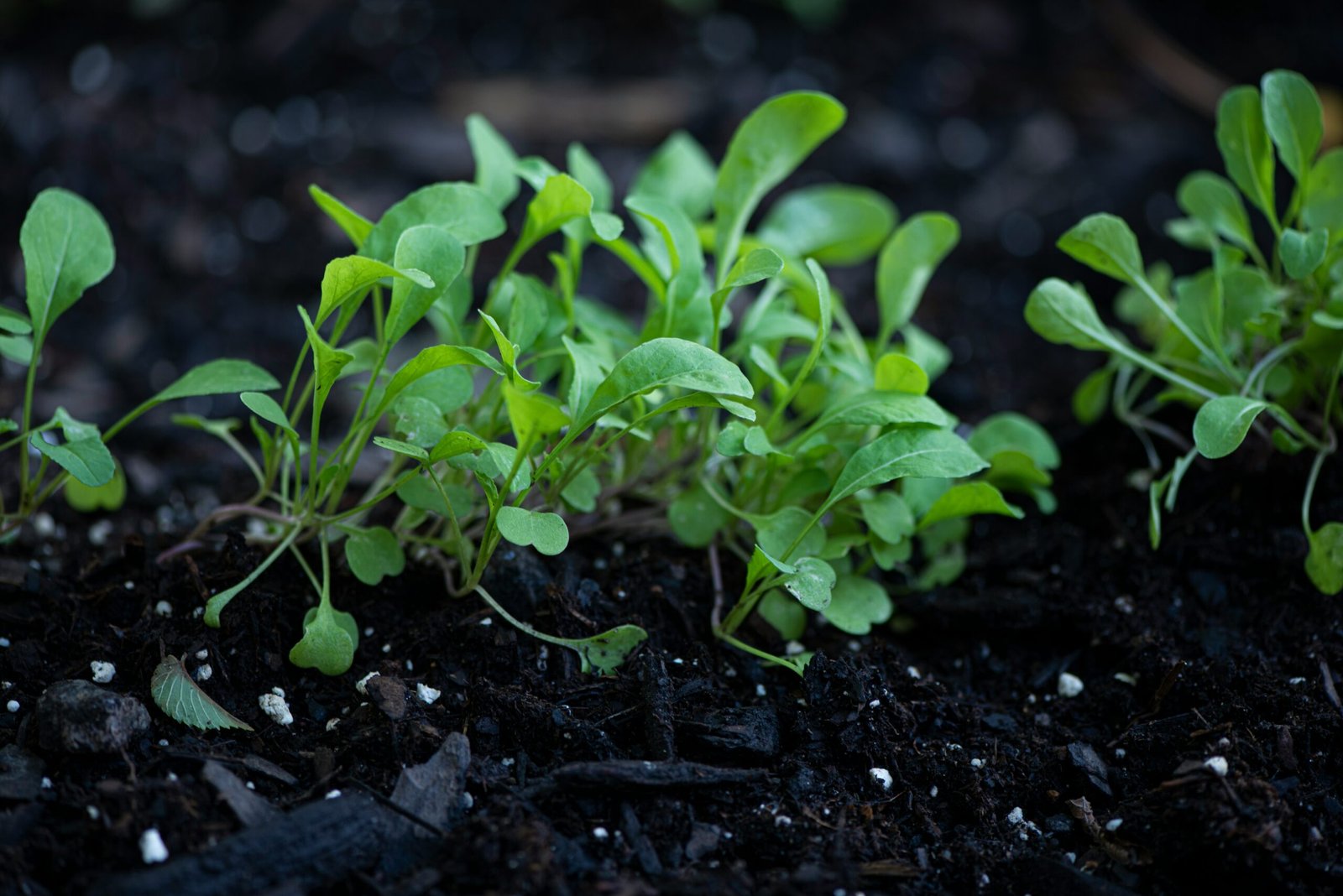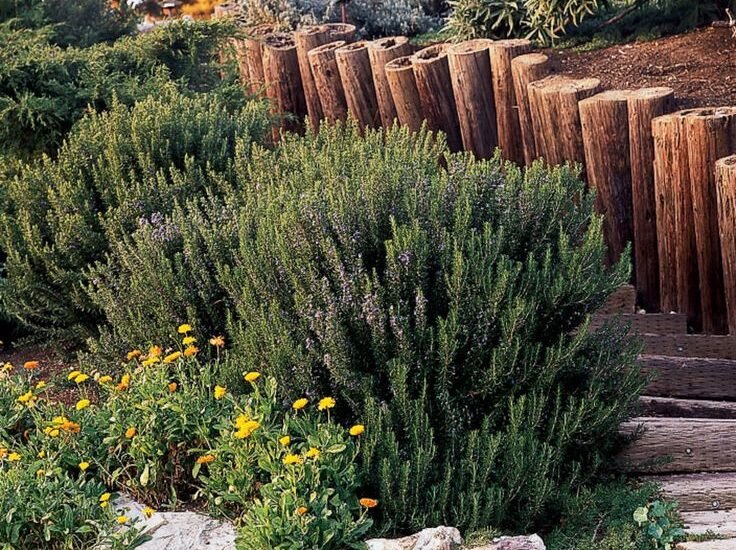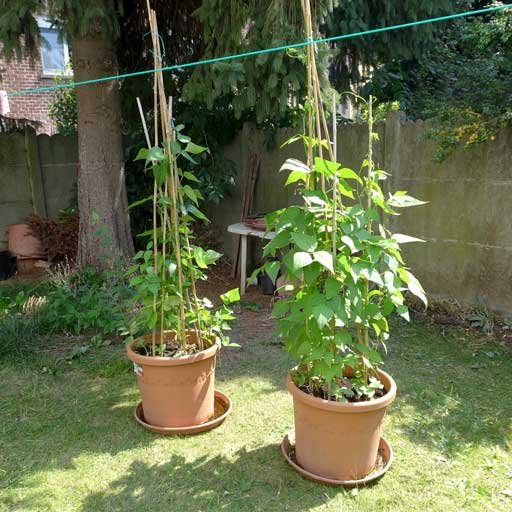What to Plant in October: The Best Vegetables for Your Fall Garden
Many gardeners may be wondering what to plant in October to take advantage of the cooler weather as October arrives and the temperatures begin to drop. You have a special chance this month to extend your growing season so you may continue to enjoy fresh vegetables well into the fall and winter. But what to plant in October? For a range of veggies that can withstand frost and thrive in colder climates, the chilly weather is ideal.
Planting in October helps you make the most of your garden space all year long in addition to giving you a head start on your April produce. October’s crisp, brisk air makes it ideal for planting seeds and growing transplants that will thrive in the chilly months when summer harvests come to an end. There are several possibilities for fall planting, depending on your garden’s goals: robust alliums, sweet root veggies, or hearty greens.
We’ll look at a wide range of veggies that are good to grow in October in this guide. You’ll learn which crops can withstand the chilly weather, from hearty root veggies like carrots and beets to lush greens like kale and spinach. You can make sure that your garden stays colorful and fruitful as the seasons change by knowing what to plant in October. To get the abundant benefits of October gardening, embrace the crisp fall air and get planting.
1. Spinach

Since spinach is one of the hardiest leafy greens, planting it in October is a great idea. This vegetable, which is high in nutrients, grows more quickly in chilly conditions and can tolerate frost. Spinach seeds can be sown directly in the ground or started indoors and then transplanted. If you plant spinach in October, it will be ready to be harvested in six to eight weeks with soft, fresh leaves.
2. Garlic

Any garden needs garlic, and October is the best month to plant it. Since garlic has a long growing season, planting in the fall gives the bulbs time to develop roots before the onset of winter. The garlic will grow quickly in the spring and be ready to be harvested in the early summer. Plant the cloves with the pointed end facing up, and for winter protection, cover them with a thick layer of mulch.
3. Kale

Kale should be at the top of your list if you’re thinking what crops to grow in October that will continue to produce all winter. This vegetable is resilient enough to survive at lower temperatures and can even survive snowfall. After a frost, kale leaves grow sweeter, which enhances their flavor in stir-fries, salads, and soups. Grow kale in a well-drained, sunny place for a consistent supply of nutrient-dense greens.
4. Carrots

Another food that benefits from October’s lower temperatures is carrots. Their sweetness is enhanced by the cold, which makes them a delicious side dish for any dinner. To ensure that the roots have unhindered growth, select an area with loose, sandy soil. You can pick carrots in late autumn or leave them in the ground to harvest them in the winter.
5. Beets

Beets are quite adaptable, providing tasty greens as well as roots and planted in October have an opportunity to mature before the first heavy frost. The roots have a deep, sweet flavor from the chilly weather. Plant beet seeds directly into the ground, a few inches apart, for optimal results. By late November, you can start to enjoy fresh beets, and you can harvest the greens early for sautéing and salads.
6. Radishes

Growing quickly, radishes can reach maturity in as little as three to four weeks. This makes them ideal for planting in October if you want a speedy harvest. In order to guarantee a steady supply, radishes can be planted in succession as they prefer colder climates. To avoid splitting, plant them in well-drained soil and keep them regularly moist.
7. Turnips

Turnips are a cool-season crop that may be planted in October and is valued for both its roots and greens. Because they take little maintenance and are simple to grow, they are a wonderful choice for beginner gardeners. Turnips demand sunlight and loose, drainage-rich soil. The roots can be harvested in late October, while the greens can be consumed throughout the growing season.
8. Lettuce

Another leafy green that does well in October’s lower temps is lettuce. You can grow a mixture of leaf, romaine, and butterhead lettuces for a varied salad garden because there are so many kinds to pick from. Within a few weeks of sowing, lettuce can be picked because to its rapid growth. You can continue to enjoy fresh greens well into the fall by growing this crop in succession.
9. Onions

Onions are another excellent vegetable to plant in October. Plant onion sets or seedlings for a head start on next year’s harvest. Onions grow best in loose, fertile soil with good drainage. They prefer full sun, so choose a spot that receives at least six hours of sunlight daily. Plant them about 1 inch deep and 4 inches apart. As they grow, keep the soil moist but not waterlogged. By planting onions now, you’ll be rewarded with a delicious harvest come spring.
10. Broccoli

Broccoli is a nutritious vegetable that benefits from October planting. The cooler temperatures help broccoli form tight, firm heads. Plant seedlings in nutrient-rich soil and space them about 18 inches apart. Broccoli needs full sun to thrive, so choose a bright spot in your garden. Keep the soil consistently moist, especially when the heads are forming. Broccoli planted in October will be ready to harvest by late fall or early winter.
11. Brussels Sprouts

Brussels sprouts are another vegetable that benefits from a fall planting. They grow best in cooler weather, and a light frost can enhance their flavor. Start with seedlings and space them about 24 inches apart. Brussels sprouts need plenty of room to develop their stalks. Plant in nutrient-rich soil and water consistently to keep the plants healthy. By planting in October, you can enjoy fresh sprouts through the winter months.
12. Cauliflower

Cauliflower is a cool-season crop that performs well when planted in October. It prefers cooler temperatures and can tolerate light frost. Plant cauliflower seedlings in well-drained soil, spacing them about 18-24 inches apart. Cauliflower needs full sun and consistent moisture to form heads. If the weather warms up, use row covers to provide some shade and protect the developing heads. By planting now, you’ll have a bountiful harvest in the coming months.
13. Swiss Chard

Swiss chard is a leafy green that thrives in cooler temperatures and can withstand light frosts. Plant seeds directly in the garden, about 1/2 inch deep and 6-12 inches apart. Swiss chard grows quickly and can be harvested continuously by picking the outer leaves. The vibrant stems and dark green leaves add color and nutrition to your garden. It’s low-maintenance and can tolerate some shade, making it a versatile addition to your October garden.
14. Cabbage

Cabbage is a cool-season crop that grows well when planted in October. It requires nutrient-rich, well-drained soil and full sun. Plant cabbage seedlings about 12-18 inches apart to give them space to form heads. The cool weather helps cabbage develop its firm, dense heads, and a light frost can enhance its flavor. Cabbage is versatile in the kitchen, perfect for slaws, stir-fries, and soups.
15. Parsnips

Parsnips are a root vegetable similar to carrots but with a unique, sweet flavor that improves after frost. Plant seeds directly in the garden, about 1/2 inch deep and 4-6 inches apart. Parsnips need loose, well-drained soil and full sun to partial shade. They take longer to mature, about 120 days, but planting in October allows them to overwinter and be harvested in early spring. The cold temperatures help develop their sweet, nutty taste.
16. Peas

Peas, especially snow and snap peas, can be planted in October for a fall or early winter harvest. Sow seeds directly in the garden, spacing them about 2 inches apart. Peas prefer cool weather and will grow quickly in the mild October temperatures. Plant them along a trellis or support, as they are vining plants. Peas can be harvested in as little as 60 days, offering a sweet, crisp addition to salads and stir-fries.
17. Bok Choy

Bok choy, also known as Chinese cabbage, is a fast-growing vegetable perfect for October planting. It prefers cooler weather and can be harvested in as little as 30-45 days. Plant seeds directly in the garden, about 1/4 inch deep and 6 inches apart. Bok choy grows best in partial shade with consistently moist soil. Its tender leaves and crunchy stalks make it a great addition to soups, stir-fries, and salads.
18. Mâche (Corn Salad)

Mâche, also known as corn salad or lamb’s lettuce, is a cold-hardy green that thrives in October. It’s a small, tender leafy green with a mild, nutty flavor. Plant seeds directly in the garden, spacing them about 4-6 inches apart. Mâche grows well in partial shade and can tolerate colder temperatures better than most greens. It’s a great choice for a fall salad mix and will keep producing until the ground freezes.
19. Arugula

Arugula, also known as “rocket” or “roquette,” is a fast-growing leafy green with a peppery flavor that makes it a popular addition to salads, sandwiches, and pizzas. It’s one of the best vegetables to plant in October because it thrives in cooler weather and grows quickly, allowing you to enjoy fresh greens well into the fall. Here’s everything you need to know about growing arugula in the fall.
Tips for Expanding Your Fall Garden
Adding more variety to your garden in October not only increases your harvest but also diversifies the nutrients you can enjoy throughout the fall and winter. Here are a few additional tips to help you maximize your fall gardening efforts:
Stagger Plantings: For crops like lettuce, radishes, and greens, stagger your plantings by sowing seeds every two weeks. This method, known as succession planting, ensures a continuous harvest.
Use Raised Beds: If you have heavy or clay soils, consider planting in raised beds. They warm up faster and drain better, which is perfect for cool-season vegetables.
Companion Planting: Plant compatible vegetables together to maximize space and improve yields. For example, plant garlic near spinach or carrots to repel pests naturally.
Extend the Season: Consider using cold frames, row covers, or cloches to protect plants from early frosts and extend your growing season. These tools create a mini-greenhouse effect, keeping your vegetables warm.
Amend Soil with Compost: Fall planting requires nutrient-rich soil. Mix in compost or aged manure before planting to provide essential nutrients and improve soil structure.
Monitor Soil Temperature: Soil temperature is crucial for seed germination. Use a soil thermometer to ensure it’s within the optimal range (45-75°F) for your chosen crops.
Harvest Regularly: Regular harvesting encourages plants to produce more. For greens like kale, lettuce, and Swiss chard, pick the outer leaves first, allowing the inner leaves to continue growing.
Frost Protection: For frost-sensitive crops, use mulch or cover them with row covers at night when frost is expected. This simple step can help protect your plants and prolong your harvest.
Plan for Overwintering: Some crops, like parsnips and garlic, can be overwintered for a spring harvest. Mulch heavily and provide protection against severe cold to ensure they survive.
Embrace Cool Weather Crops: Embrace the variety of vegetables that thrive in cooler weather. From root vegetables to leafy greens, there’s no shortage of what to plant in October to keep your garden vibrant and productive.
October is the perfect time to expand your garden with a wide variety of cool-weather vegetables. Whether you’re growing leafy greens, root vegetables, or hardy brassicas, there’s no shortage of options for what to plant in October. By planning your garden thoughtfully and using the right techniques, you can enjoy a bountiful harvest that extends well into the colder months. So, grab your seeds, prepare your garden, and embrace the joys of fall planting. With a bit of effort, your October garden will be full of fresh, nutritious vegetables that bring flavor and vitality to your meals.


